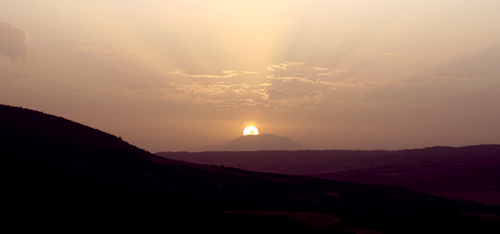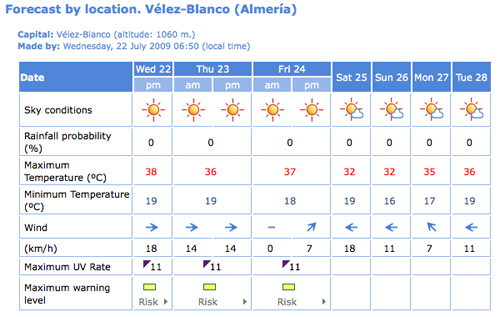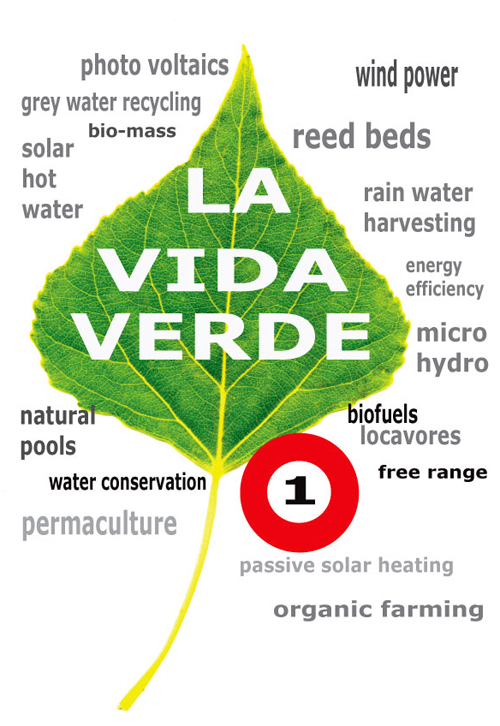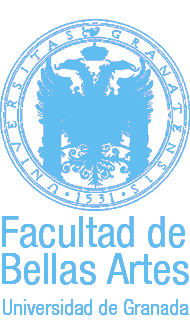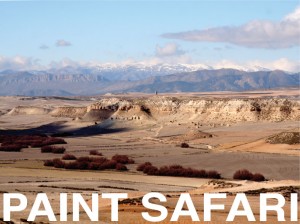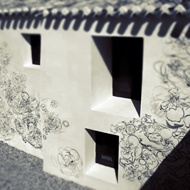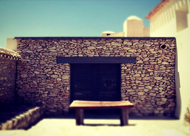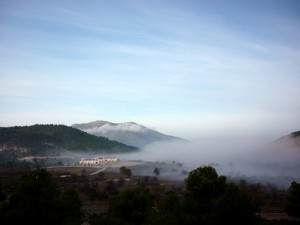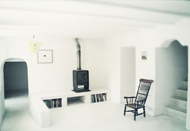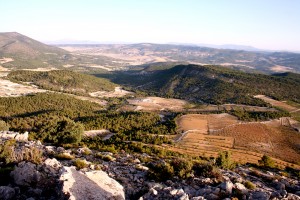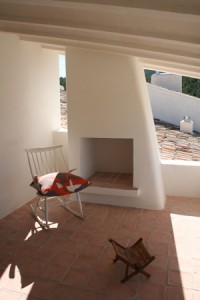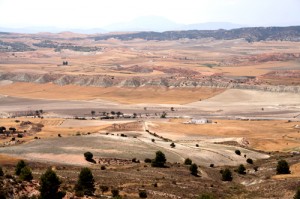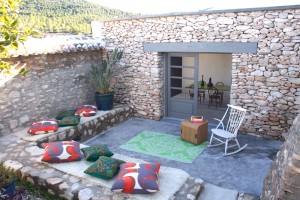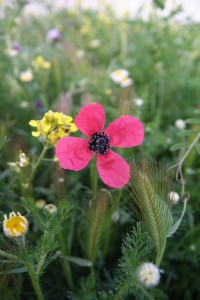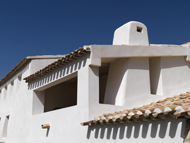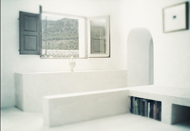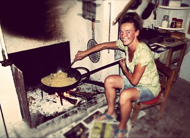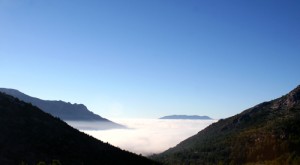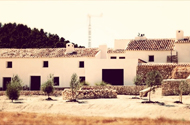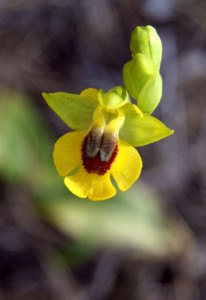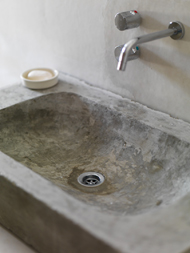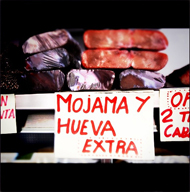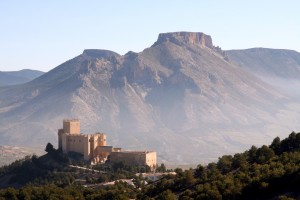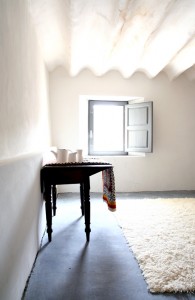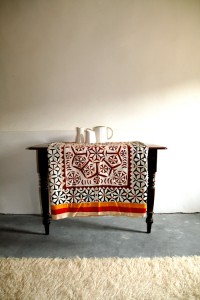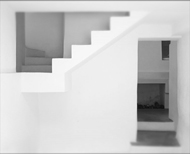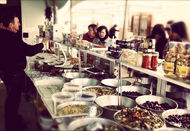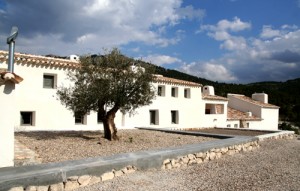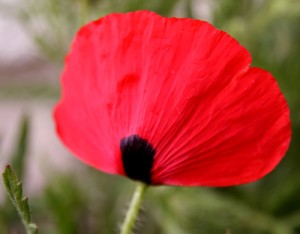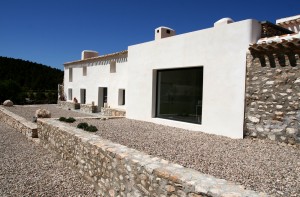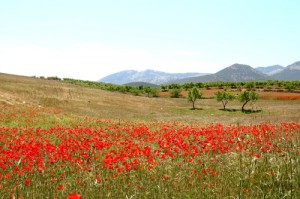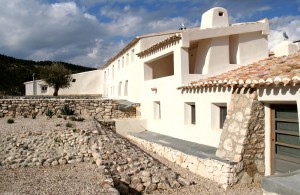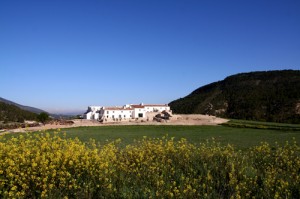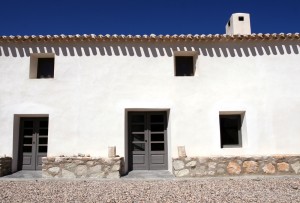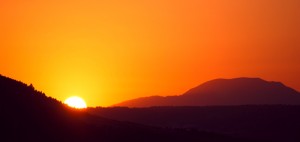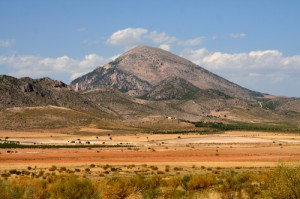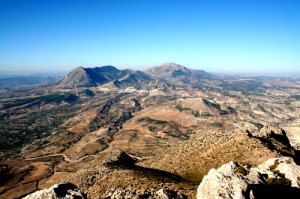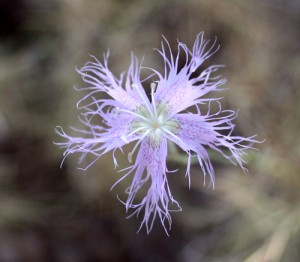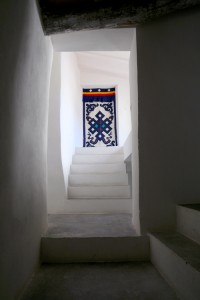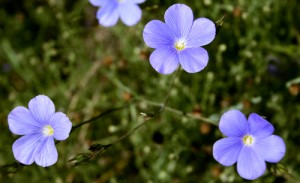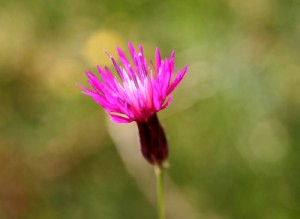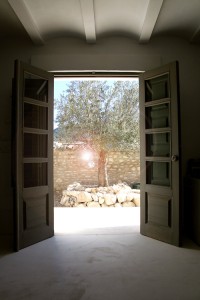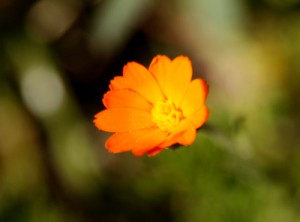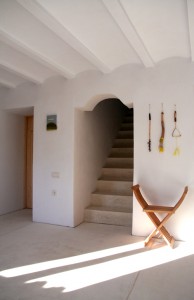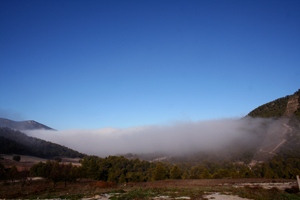July 30, 2009 at 4:36 pm
· Filed under Design
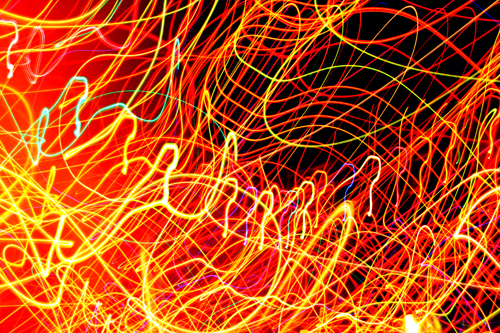
Ok, here goes. And Los Gazquez is bearing all at this juncture. You see there is this Flickr group called Camera Toss. The idea is you throw your camera up in the air, on a long exposure, in the hope of getting some beautiful abstract results. The thing is, one’s camera is often one of the most expensive things you will buy in a lifetime. Possibly behind a house, followed by a car and coming in neck and neck with a hi-fi (do they still call it hi-fi?).
Anyway, the point is that the moderators are very tough in their judging of your picture as a genuine ‘toss’. They can tell from a lifetime of ‘tossing’ cameras whether your camera has genuinely left your hands or not by looking at the photo. Look at these rules…
About Camera Toss
EVERYONE, NOTICE OF NEW POOL RULES!
Advice for first time contributors…
Please describe your camera movement technique in the description or comments of your images. This makes it much easier for us to decide if it belongs in the pool. Once you have a few in the pool that qualify, you no longer need to include this extra information unless you think the image will confuse the admins.
DESCRIPTION This is a “technique” group, and the technique here is regarded by some as insanity. For we are the reckless folks on flickr that enjoy the abstract, chance, generative, physical photography that results from throwing our cameras into the air (most often at night in front of varied light sources).It is about trading risk for reward in the pursuit of art. It is not about being a photographer, it is about enabling the photography that happens naturally when you let go of the process, give up control, and add a hell of alot more variables. It is about physics, gravity, angular momentum, acceleration, direction, chaos, and timing… most of which you have tenuous control of at best! POOL RULES
THEY MUST ACTUALLY BE TOSSES (as in I threw my camera), if you did something else and aren’t sure, post it in the forums and inquire.
All posts will require moderator approval before appearing in the pool
blah blah blah.
Now, confession time. My first effort didn’t make it. I tried to make a picture of the moon but I must confess the camera’s departure from my sweaty palms was of the briefest nature. Maybe faster than the pounce of a hungry Praying Mantis.
So let’s see if this effort above will make it through. This time it’s genuine, taken under our Indian fairy lights, courage was, to say the least a little Dutch, and I have the witness of a girl from New Jersey, another from New Mexico, and incredulous young German from Frankfurt (‘how can you take such risks with your camera’) and a wife who one could argue is a share holder in the camera.
Wish me luck. I’ll let you know.
Permalink
July 28, 2009 at 6:28 pm
· Filed under Landscape
or jugo or siroc is the name of the hot Mediterranean wind which comes from the Sahara. In Cataluna it’s the xaloc or leveche.
Development
It arises from a warm, dry, tropical air mass that is pulled northward by low-pressure cells moving eastward across the Mediterranean sea, with the wind originating in the Arabian or Sahara deserts. The hotter, drier continental air mixes with the cooler, wetter air of the maritime cyclone, and the counter-clockwise circulation of the low propels the mixed air across the southern coasts of Europe.
Effects
The Sirocco causes dusty, dry conditions along the northern coast of Africa, storms in the Mediterranean Sea, and cold, wet weather in Europe. The Sirocco’s duration may be a half day or many days. Many people attribute health problems to the Sirocco either because of the heat and dust along the African coastal regions or the cool dampness in Europe. The dust within the Sirocco winds can degrade mechanical devices and invade domiciles.
These winds with speeds of almost 100 kilometres per hour are most common during the autumn and the spring. They reach a peak in March and in November while it is very hot, with a maximum speed of about 100 km/h (55 knots).
Wiki
We are under the influence of this wind now and like all these weather events I love them. The wind is like a hot hair dryer in your face, you need to find shade and cover until sundown when the wind stops and the night comes and it’s cool and warm all at once. Between the star light and a quarter moon the sky is so black it’s blue, this is the time for spotting satellites (or Sputniks as Donna calls them) and shooting stars.
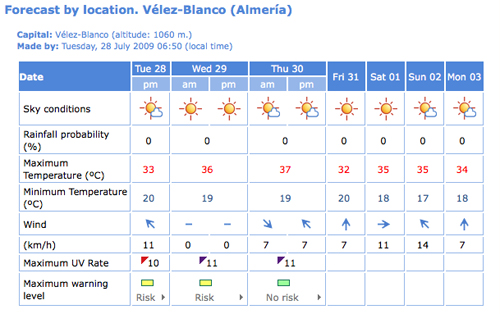
Permalink
July 25, 2009 at 4:12 pm
· Filed under Design, Environment
Permalink
July 25, 2009 at 4:09 pm
· Filed under Design, Environment
Permalink
July 25, 2009 at 3:50 pm
· Filed under Design, Environment
Permalink
July 23, 2009 at 2:26 pm
· Filed under Environment, Landscape, Plantlife
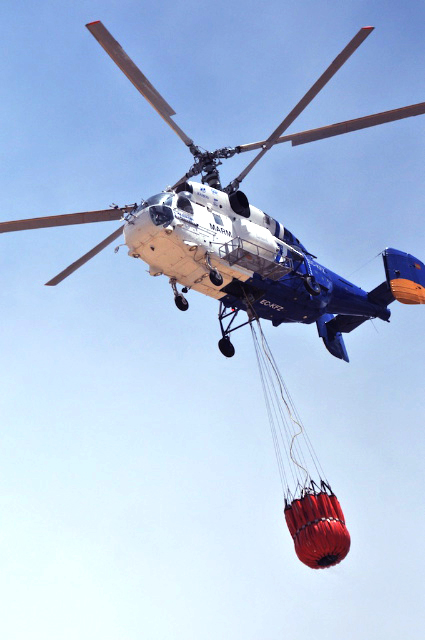
A wildfire came to the woody slopes of the Comarca de Los Velez last week. It was a day heavy with cloudy skies and a hot humid atmosphere. Inevitably a thunderstorm passed this way and a bolt of lightning struck a sierra just a few meters west of the Torre del Charcon.
The ensuing fire was dealt with very rapidly. Here in our region of Spain, and I am sure the whole of the southern peninsular, the authorities are exceptionally vigilant. From Los Gazquez alone we can see, and be seen, by two fire watch towers at any one time.
Within minutes two helicopters were on the scene, taking water from local balsas, which are farmer’s small reservoirs used to irrigate the land. They drop their flexible Bambi Buckets into the water and carry anything between 275 to 9840 litres of water depending on the lifting capacity of the helicopter. The contents are then delivered directly to the site of the fire.
Once the helicopters had the flames under control the king of the fire fighting equipment is deployed. Sadly I have no pictures of the sea plane or water bomber. What I can tell you is that within minutes of scooping up a few thousand liters of the Mediterranean sea and then mixing it with fire retardant it’s payload was delivered with extreme accuracy right on the peak of the 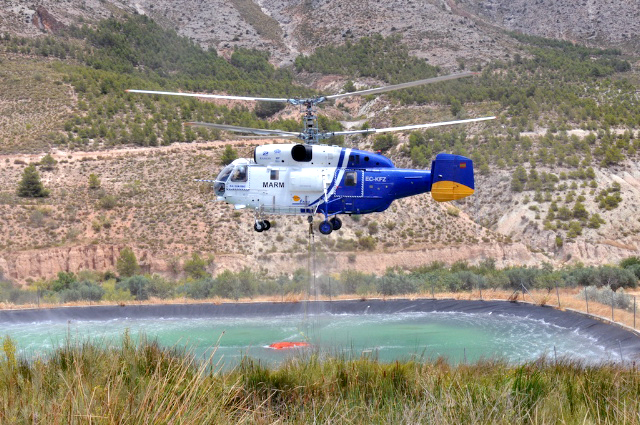 mountain and the remainder of the fire.
mountain and the remainder of the fire.
The sea plane has left a red patch of fire retardant on the point of the sierra. It is a mixture of ammonium sulfate and attapulgite clay thickener or diamonium phosphate with a guar gum derivative. These chemicals act as fertilisers to help the regeneration of plant life after the fire. The red colouring is ferric oxide and is used to indicate where the retardant was dropped. Without marking the point of contact the chances of re-ignition are quite high.
Thanks to my mate Nick for his pictures. After all it was outside his front door.
Permalink
July 22, 2009 at 11:53 am
· Filed under Environment
Permalink
July 20, 2009 at 4:36 pm
· Filed under Comida, Creatures, Environment, Landscape, Twitchin', Vida los Velez
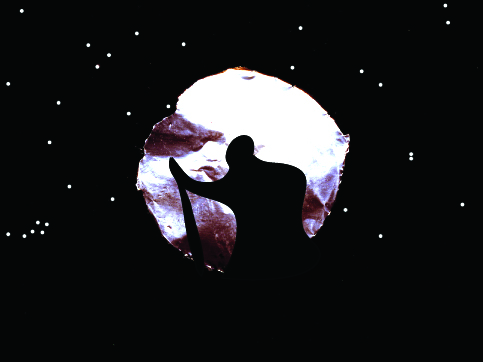
Or walking by moonlight. The next full moon falls upon August the 6th and Los Gazquez has planned a series of midnight walks on or around this date.
And what a date too, for it happens to coincide more or less with the Lagrimas de San Lorenzo, which is a spectacular meteor shower which sends hundreds of shooting stars across the sky. It is a good opportunity to hear the creatures of the night too, in the cool and pine scented mountain air.
After an evening meal we leave at about nine o’clock in the evening walking across the mountain caminos for around four hours before returning to Los Gazquez for a small supper.
The next walk by moonlight will be on or around the 4th of September.
Please make enquiries here or via the web site.
Permalink
July 17, 2009 at 6:26 pm
· Filed under Vida los Velez
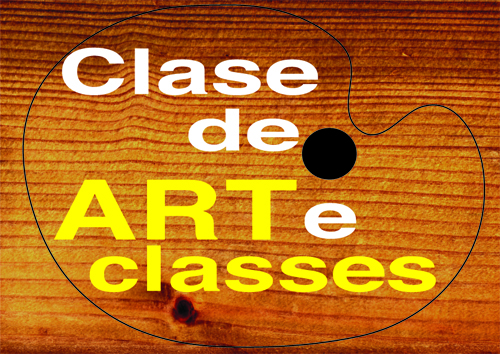
Los Gazquez is pleased to announce the start of our ‘non-residential’ art classes…….. watch this space for more information.
Permalink




 mountain and the remainder of the fire.
mountain and the remainder of the fire.